GT1000 ECU Replacement
To make a long story even longer, my GT 1000 has been popping and backfiring on the overrun since it was brand new.
But lately it’s been stalling when I come to a quick stop, especially when the engine temperature is under 180 degrees F.
I thought the popping sounded cool and was part of the Ducati mystique, and although the stalling was annoying, I didn’t want to take the bike in during primo riding weather.
I finally put it on the trailer and drove the 83 miles down to Duc Pond Motosports in Winchester, Virginia (photos from their open house), thinking that all it needed was a throttle body synchronization.
The owner and ex-Ducati racer and ace mechanic Donnie Unger and his crew checked the throttle bodies, but they were pretty close (see photo below).
However, when they put the bike on the exhaust gas analyzer, they discovered that it’s running way too lean — 0.0 to 0.1 CO2, when it should read a minimum of 0.7 (CO2 emissions are an indicator of lean/rich burn).
Since Ducati uses a closed-loop ECU on the GT1000, there was nothing they could do about it short of an ECU replacement, even with some fiddling of the throttle bodies.
So I left the bike and Donnie got Ducati to cough up a “Euro” ECU. While the bike was in the shop, I also had him do the official fuel tank recall and throw on a 14-tooth sprocket to replace the original equipment 15-tooth version.
The Fix
And guess what? I just got the bike back and went for a ride this morning (38 degrees F!). All I can say is: WOW! What a difference! Unreal — it’s literally like a completely different bike. I had no idea that this is how a Ducati is supposed to run!
Long-time blog readers will know I’ve mentioned the on/off throttle response, occasional stalling on a quickly closed throttle and popping in the exhaust on the overrun. Well, it’s not supposed to be that way, unbeknownst to me! I just figured that was part of the “charm” of owning a Ducati. The lean running condition was apparently causing the problem. It’s been that way for about a year, and I hope it didn’t do any damage.
The engine now has what I can only call a much “creamier” response — I can tell something is very different as soon as I start it up, because the engine starts differently, sounds different and immediately goes into a much smoother idle (that sounds a couple of hundred RPM higher than before). The very instant I touched the throttle to pull away from the garage, I notice a much smoother response without any of the “on/off” jumpiness from before.
It’s like a completely different throttle that now has a much greater range of response. And here’s the best part: the fuel injection on/off jumpiness in slow speed corners that I noticed the first time I rode the bike is completely gone! I can ease on the throttle after slowing for a slow-speed corner and feed the fuel to the engine very precisely. This is a huge difference that makes the bike so much easier — and safer — to ride.
Although I’m crediting the new ECU with most of this Jekyll and Hyde change, the bike also now has a 14-tooth front sprocket and the throttle bodies were checked once more. But I’m pretty sure the 14-tooth sprocket isn’t responsible for the feel under my right hand.
The new sprocket does indeed make a difference, because I can get the bike into 6th gear now at 60 MPH rather than, oh, about 80MPH before without lugging. It feels like everything’s dropped one gear, but it doesn’t really feel that much different in first gear, believe it or not. I can even use 6th gear to ride up hilly roads that used to call for a drop down to 4th!
The fuel tank recall and the ECU replacement were covered under warranty, and the sprocket replacement cost $97.00 including parts and labor — a deal!
So the bottom line is that I’m really pleased at my “new” GT1000 — too bad winter is setting in! The lesson? If your GT 1000 is popping, backfiring and has that on/off throttle response, maybe you can talk Ducati out of a Euro ECU replacement. And the 14-tooth front sprocket replacement is highly recommended as an easy way to change the gear ratio to something more realistic for U.S. roads.
Here are some photos from Duc Pond:
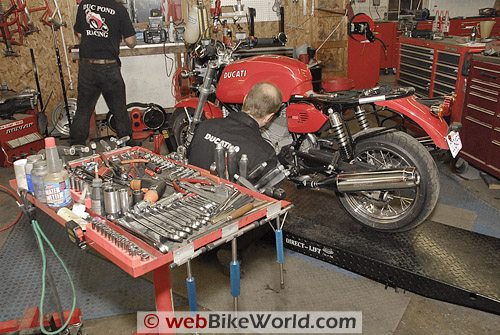
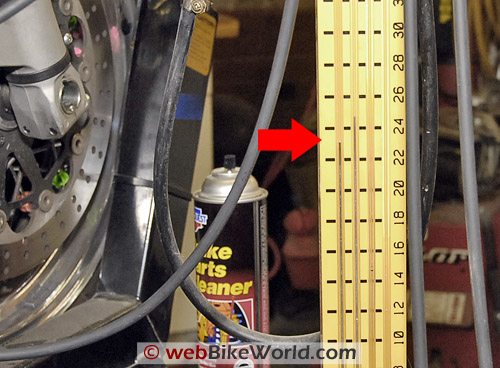
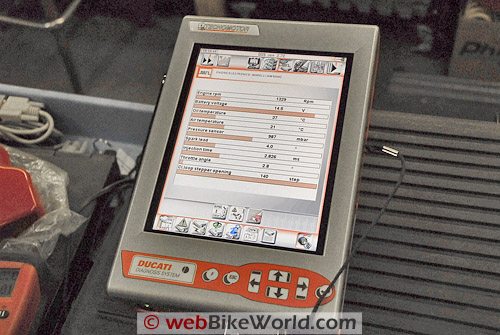
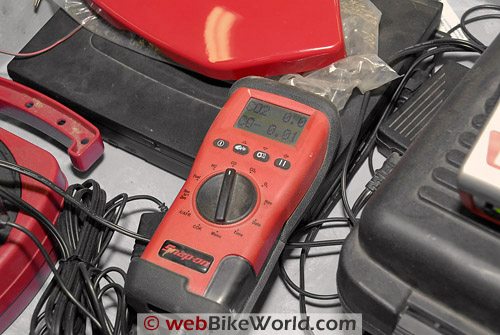
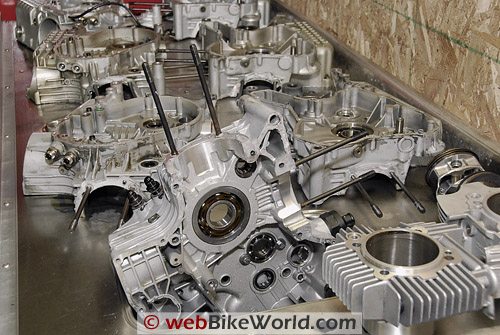
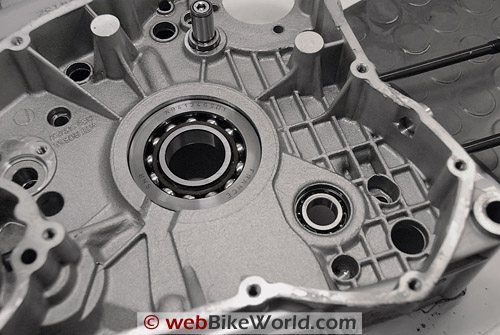
Owner Comments and Feedback
See details on submitting comments.
Other WebBikeWorld Accessories Posts

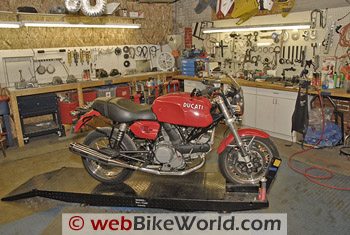

Hello Rick,
I own a 2007 GT1000 (red) and have had a similar experience since I obtained it at 2600 miles last year. It now has about 3500 miles. I love taking it out, but this fix would vastly improve my riding and throttle response.
Tank spreading has also been a concern, though somewhat mitigated through the application of extended bolts on the forward tank mount brackets.
I notice this article was written late 2017. Were these items covered under warranty after 10 years, or perhaps a recall?
Having difficulty finding this information online, and my local dealership hasn’t been much help. It sounds like your local people really went to bat for your bike.
Thanks!
Justin